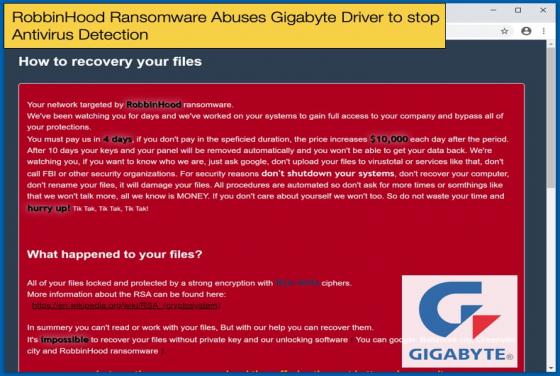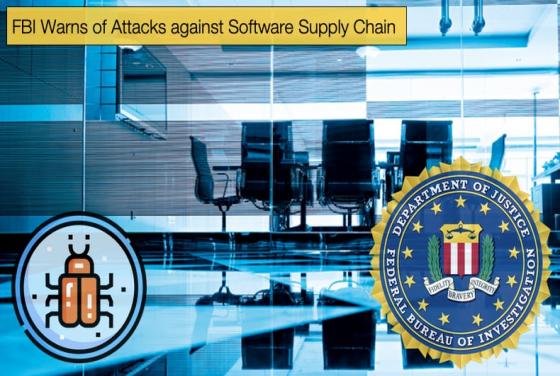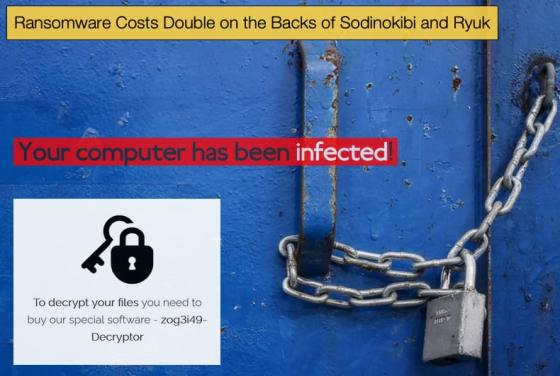

Racoon Stealer Capable of Stealing Information from nearly 60 Apps
The last time this publication reported on the Raccoon info stealer malware, was when it was being dropped by Legion Loader as an additional payload along with several other malware variants. Raccoon has yet again popped up on the researcher’s radar, which is unsurprising given how popular on underg








